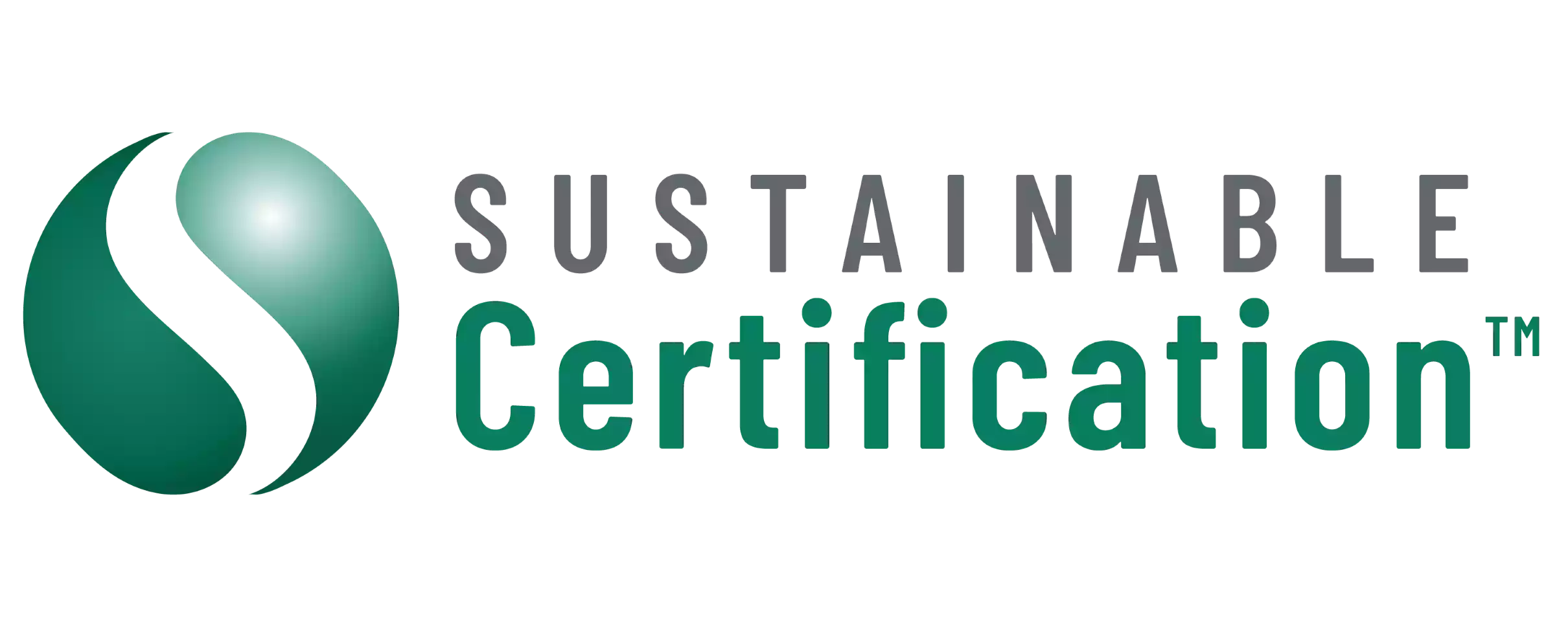THE BENEFITS OF ISO STANDARD 45001
Maintaining strict worker safety standards remains one of the most important stated goals of companies across the world. Nonetheless, the International Labor Organization has forecasted that as many as 2.34 million people die annually as the result of work-related accidents and diseases. To reduce this unacceptably large number, the International Organization for Standards has drafted a new standard – ISO 45001 –for occupational health and safety.
ISO 45001 is predicated on the widely lauded OSHA standard 18001, which acts in the benefit of worker safety by offering a structured approach to risk mitigation. In 2016, the drafted form of ISO 45001 was sent to ballot. Amongst the 54 countries involved in the voting process, 71% of respondents were in favor of ratifying ISO 45001. Unfortunately, this did not satisfy the necessary threshold for approval, which requires that no more than a quarter of votes go against. To ensure the future success of ISO, whose second round of balloting is already underway, it is imperative that people understand the historic importance of this standard. This article will attempt to consolidate such understanding, by introducing three key benefits of ISO standard 45001. Very importantly this new standard follows the same High Level Structure and is aligned with ISO 9001, ISO 14001, and ISO 27001. All new versions of existing standards as well as all new standards will follow the same high level structure
High Level Structure
Annex SL.9 High level structure, identical core text and common terms and core definitions for use in Management Systems Standards from now on:
- Scope
- Normative references
- Terms and definitions
- Context of the organization
- Leadership
- Planning
- Support
- Operation
- Performance evaluation
- Improvement
Broader Scope
OSHAS 18001 is the most widely utilized worker safety standard, with at least 40 international versions currently in place. Yet whereas OSHAS 18001 primarily focuses on occupational health and safety at the ground level, ISO 45001 attempts to integrate similar standards of protection and risk mitigation at a higher level, one that will affect the larger business processes. In other words, ISO 45001 will act as a natural corollary to upper-level approaches to business risks of all natures. As a result, it will be easier to incorporate a top-down safety philosophy.
In this regard, the timing of ISO 45001 couldn’t be more ideal. That’s because the International Organization for Standards has recently revised both it’s quality management (ISO 9001) and environmental management (ISO 14001) standards. These standards utilize a common framework as that found in ISO 45001. These commonalities will help to improve the ease with which organizations can integrate ISO 45001 into their pre-existing business processes.
Ease Of Implementation
ISO 45001 also makes significant strides in terms of improving the ease of application of workplace safety standards. This is achieved by adhering to a simple PDCA model. This model, whose acronym is short for Plan-Do-Check-Act, makes it easy for an organization to determine the necessary plan for minimizing risk of worker harm. This model does not simply focus on worker accidents–a common shortcoming of past workplace safety standards. Instead it also addresses concerns covering everything from long-term illness and health issues, to workplace absences, to psychosocial risk.
The “Plan” phase of this model focuses on organization-wide implementation to ensure two things: first, that workers have access to the appropriate training and skills; and second, that the necessary controls are put into place prior to the “Do” phase. During the “Check” phase, these key elements are identified and addressed in a systematic order to ensure that the system works according to plan. The “Act” phase involves the establishment of best-practice workplace routines. It also recognizes the importance of worker input in recognizing OH&S needs and determining how to best meet them.
Recognition Of Workplace Diversity
ISO 45001 has been carefully designed to consider the incredible diversity of workplace models present in the world today. It is meant to be just as easily applicable to small businesses as to global corporations. It also recognizes that non-standard employment patterns are becoming more and more common, and attempts to regulate worker safety in a way that can be accommodated within any employment framework. In this regard, ISO 45001 is a forward-looking standard, one that successfully marries theory and reality to create a safer work environment for all.
Feel Free to call Sustainable Certification on 1800024940
